Article · 9 minute read
By Richard Williams – 17th July 2023
Our recent series of virtual roundtable events brought together talent practitioners from across the globe to share ideas, experiences and practical solutions for making talent practices more inclusive.
The first roundtable in the series looked at ways that organizations can nurture more inclusive leadership, with perspectives from a range of sectors, including IT, professional services, pharmaceuticals, travel and more.
The first roundtable in the series looked at ways that organizations can nurture more inclusive leadership.
Inclusive leadership can be defined as “Leadership that assures that all team members feel they are treated respectfully and fairly, are valued and sense that they belong, and are confident and inspired.”
Truly inclusive leadership can help increase trust between leaders and their teams, lead to happier more engaged employees, who feel valued and heard, and increase innovation across the organization.
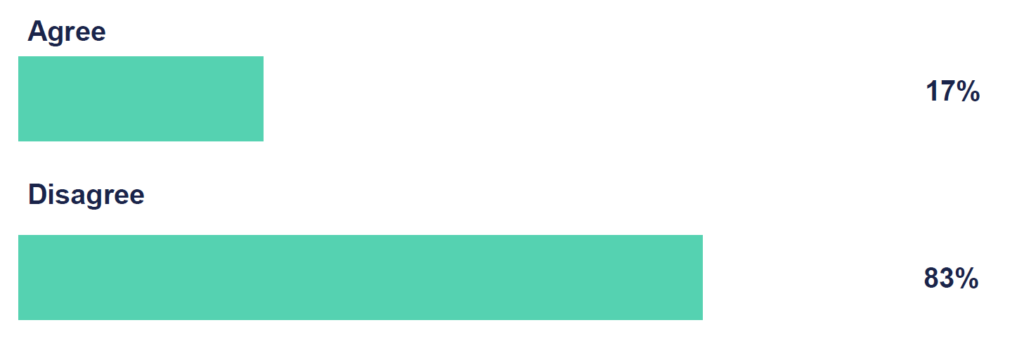

Encourage network and communities within your organization, creating a space where voices can be heard and like-minded people can come together to help embed change effectively.
You can find out more in the full write up of this roundtable here.
The world of work was transformed in 2020 with many organizations who had previously operated an office-only model shifting towards home or hybrid working due to the global pandemic.
CIPD data from 2022 revealed that 40% of the workforce work from home on a regular basis (at least once a week) and 21% will work from home all the time.
Whilst the move towards hybrid working comes with benefits for many, it is also comes with some important considerations. In our second virtual roundtable, we looked at hybrid working through the lens of inclusion:
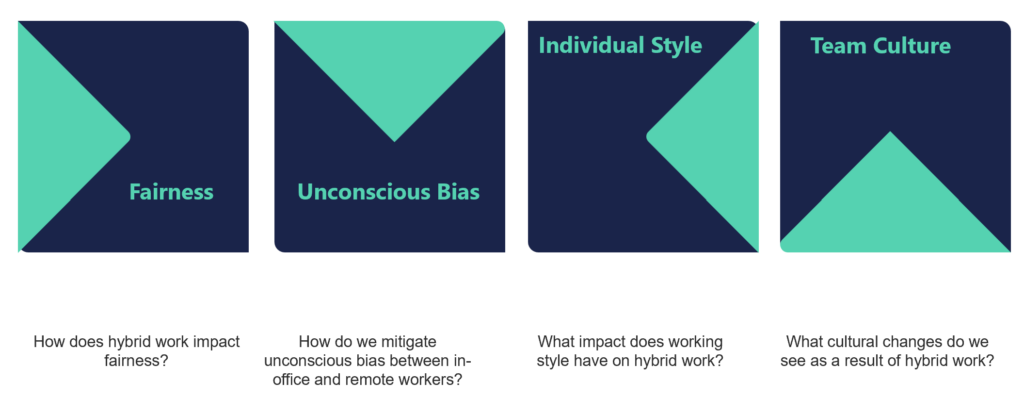
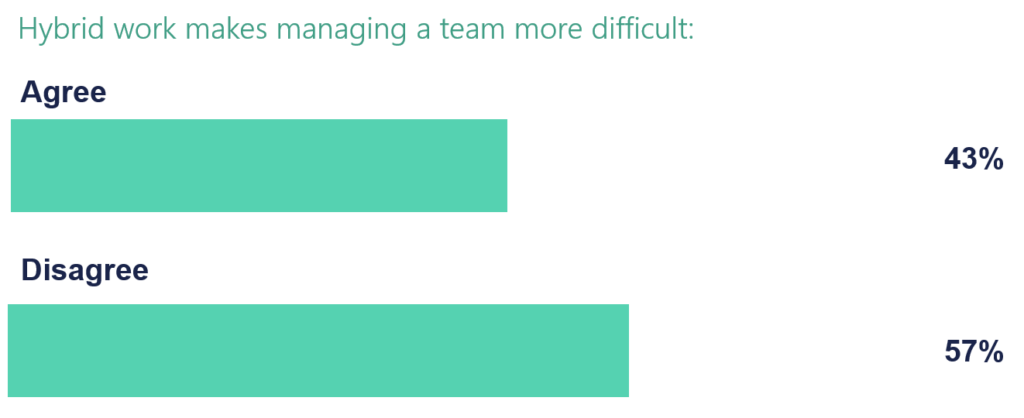
The feeling around the room was fairly split on this. We then posed the statement:
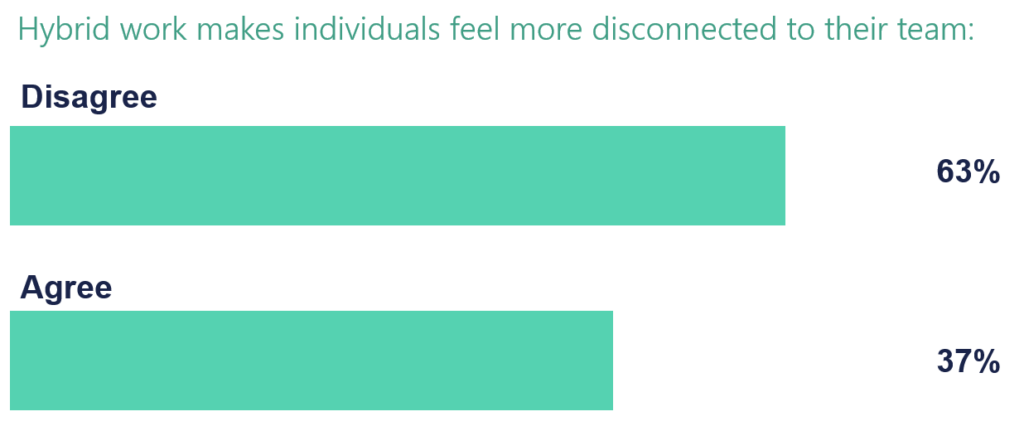
Ensure that if people are joining meetings remotely, they feel included by introducing who is in the room.
You can find out more in our guide: Harnessing Hybrid Working – A Guide to More Effective Collaboration.
In our third virtual roundtable, we looked at the following approaches to neurodiverse talent through the lens of inclusion:
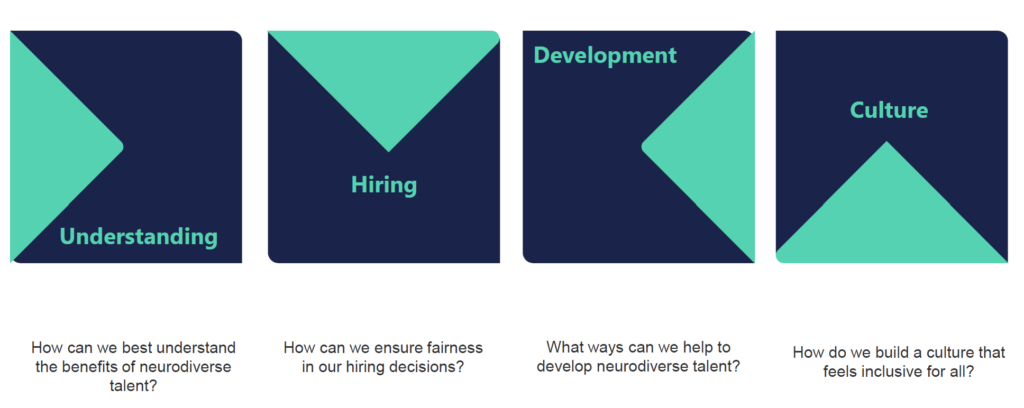
Neurodiversity is a term that is used to describe a wide range of human brain function and associated behaviors. It is used to refer to conditions that aren’t neurotypical, such as autism, Asperger’s syndrome, dyslexia, dyscalculia, dyspraxia and attention deficit hyperactivity disorder (ADHD).
Approximately 18% of the population are currently considered to be neurodivergent (TrainingZone).
However, it is not always widely recognized that Neurodiversity is an extremely broad area and represents a wide spectrum of needs/differences. It is important that organizations understand these unique differences and how they can provide equal employment opportunities. This includes inclusivity across hiring talent, building talent and leading talent.
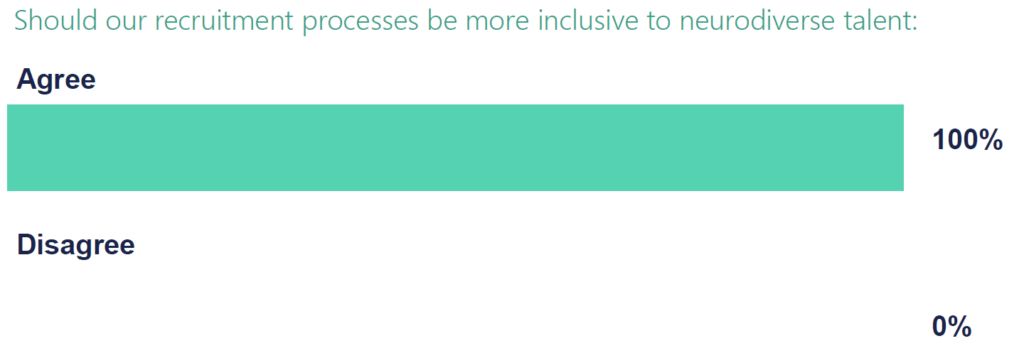
The results on this were conclusive. However when asked if people were clear on how to build and develop neurodiversity, it showed that there was still room for some guidance.
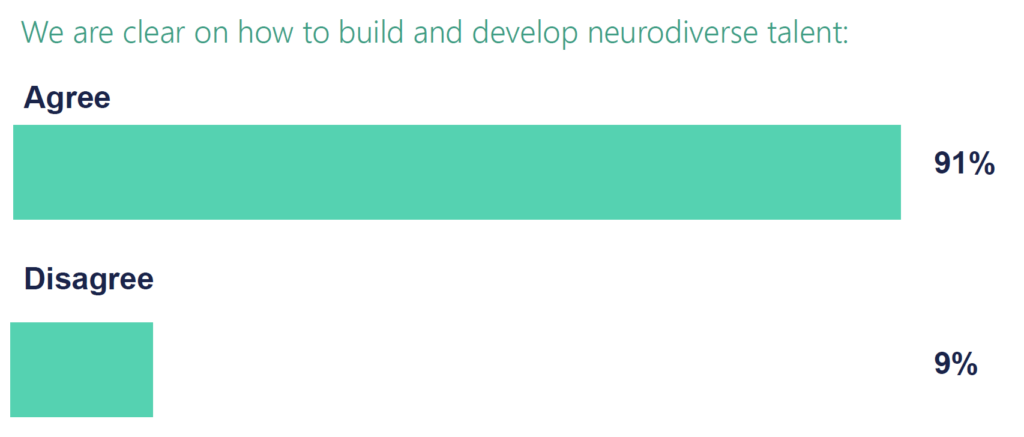
Ensure that if people are joining meetings remotely, they feel included by introducing who is in the room.
You can find out more in our guide: Harnessing Hybrid Working – A Guide to More Effective Collaboration.
In our final roundtable we looked at the hot topic of talent mobility.
According to a study by ICIMS, 70% of workers do not know how to progress their careers, and more than half think that it is difficult to find and apply for jobs internally.
Nurturing opportunities for progression and promotion within organizations can help improve talent retention and can also assist organizations to more efficiently fill internal vacancies.
Some of the other benefits of increased talent mobility include:
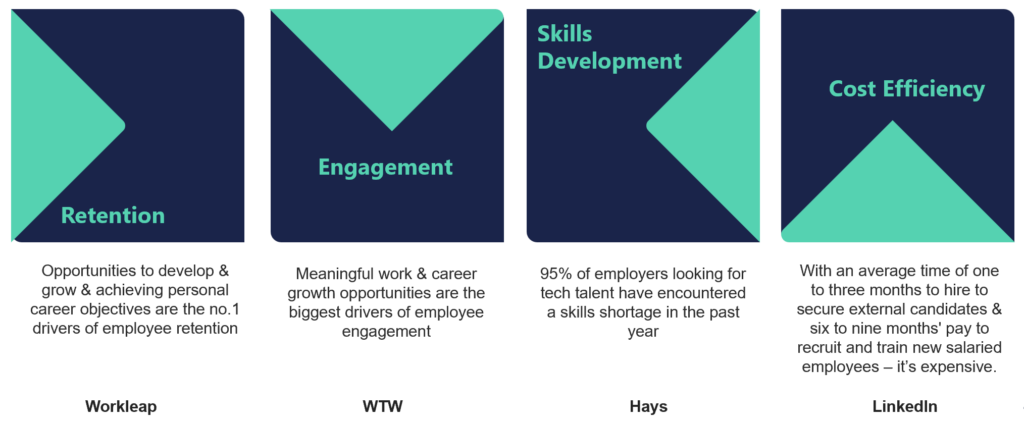
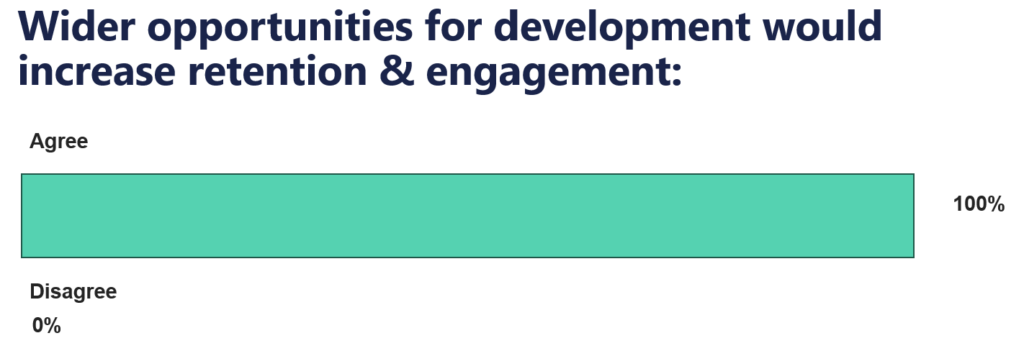
Whilst the group overwhelmingly agreed with the statement, the results were not as positive when looking at the opportunities for mobility available to individuals:
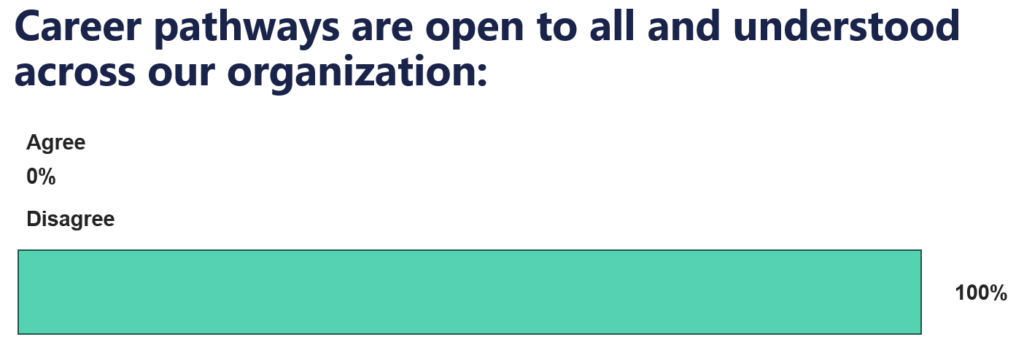
Logistics
Difficulty moving people across business locations – Europe (amplified post-Brexit), Americas/Africa.
Opportunities are often limited by nationality/family status.
Added implications of relocation costs, time, impact on family, onboarding into new culture.
Perception of where work needs to be done/where the opportunities are.
Often opportunities are more open than people may think, so there is scope for increased education to change perception of what opportunities are available based on location.
Being more inclusive in where resource is applied.
Often there is dedicated resource for high-potential individuals but it would be positive to also look to create more movement at junior levels.
Understanding of benefits of selecting in-house
There needs to be increased readiness of Line Managers to ‘take a chance’ on someone internal who may not have the 100% skills match.
It may be more cost-effective to trial a secondment than select-in.
Encourage talent mobility by salary increases
Be cautious of creating bottlenecks – where people then have no further room for progression.
Development programs
Organizations need to take care that they don’t switch more people off than they accept (or provide meaningful development to).
It’s important to ensure opportunities are scalable and look to create development opportunity for all involved.
Encouraging Line Managers to be have more effective career conversations
Acknowledging that it may not always be the best thing for an individual’s career to remain with the organization – and making it ok to have that conversation – can also be a positive thing.
To avoid disengagement, ensure that internal opportunities are properly promoted within, and easy to apply for, and that people are fully aware of development programs and placements available to them.
Being a truly inclusive workplace goes beyond mission statements and programs to promote awareness, important as they may be. It requires consistent alignment and consideration across the employee lifecycle of decisions made and actions taken. For example, have we reviewed the language used in our job descriptions, do we have the practical things in place for a truly hybrid work experience, how are ensuring opportunities for development are for the many and not the few.
Leadership and management are critical components for driving an inclusive environment, but it shouldn’t be a ‘nice-to-have’ it should be an expected. Being inclusive and ensuring an inclusive workplace culture is part of what makes a good leader and a manager.
Workplace inclusivity isn’t a project with an end goal. It is a continually evolving and moving dial which needs to be embedded across all talent practices. Building it into everyday life work life and reflecting on all decisions, actions, choices with an inclusive lens will help build inclusivity in the workplace where it as constant, not a hot topic.
If you’d like to find out more about any of the issues discussed in the roundtables or how our tools can help you promote inclusivity within your hiring, development and leadership process, get in touch today.
© 2025 Saville Assessment. All rights reserved.